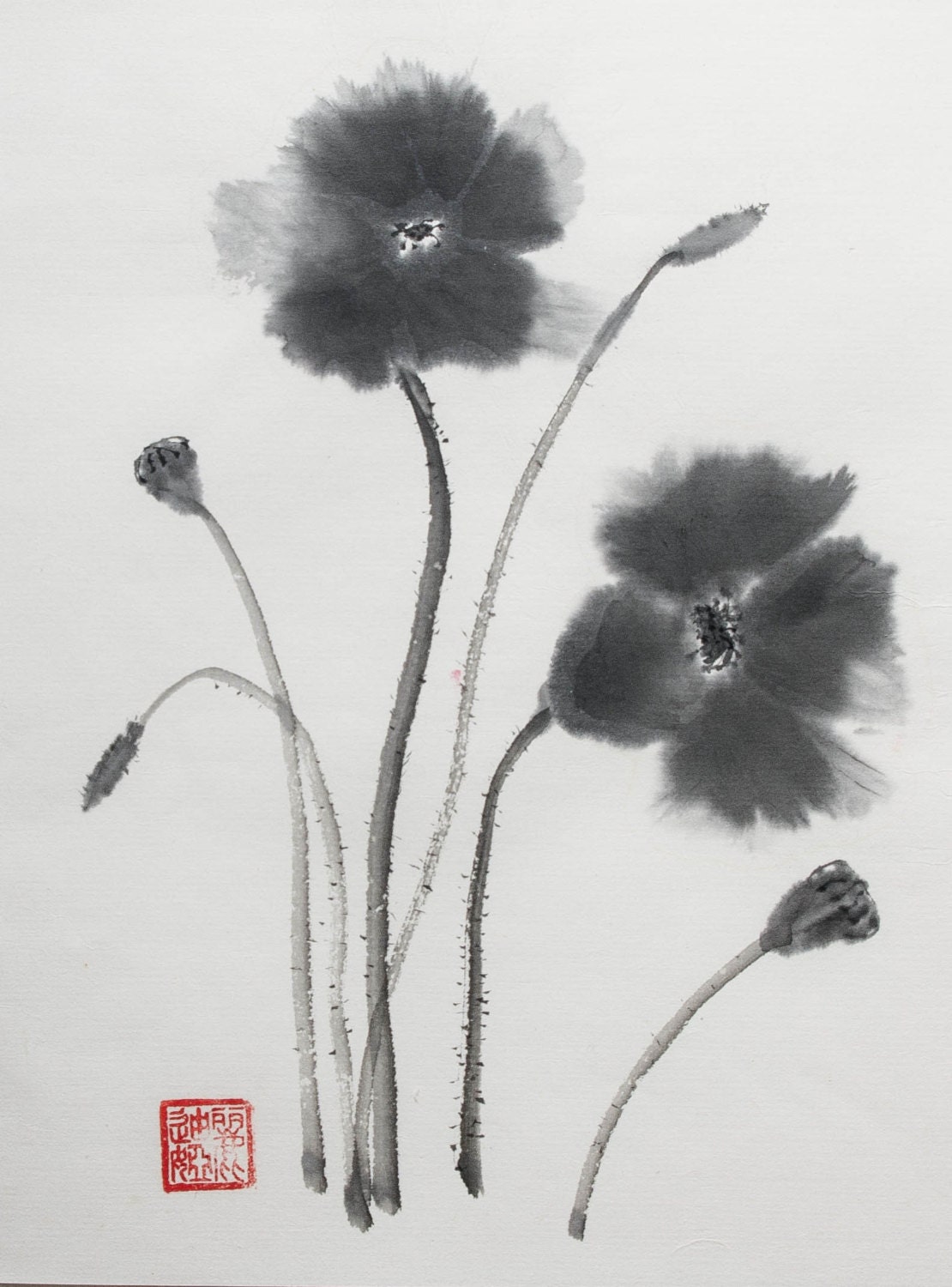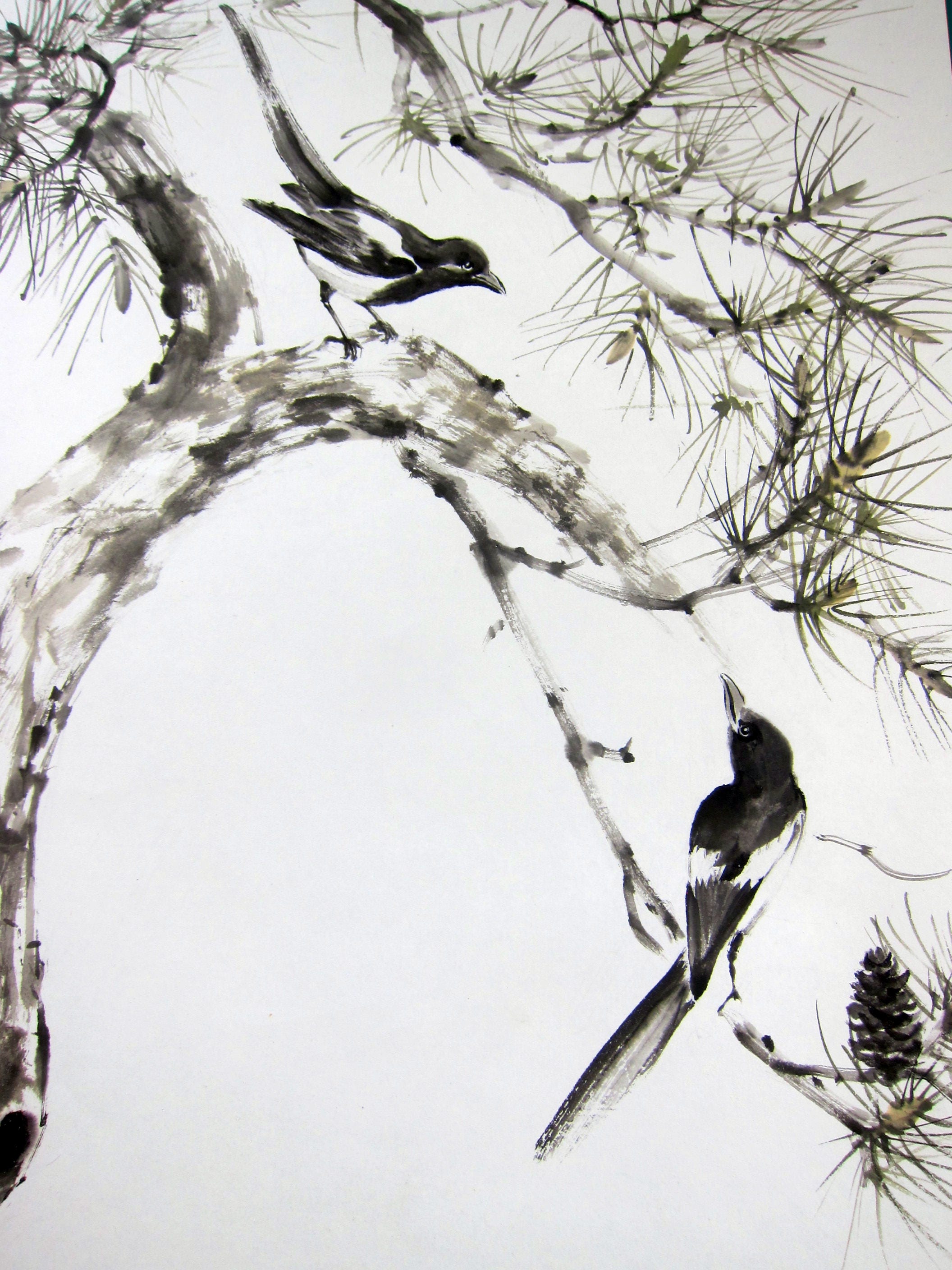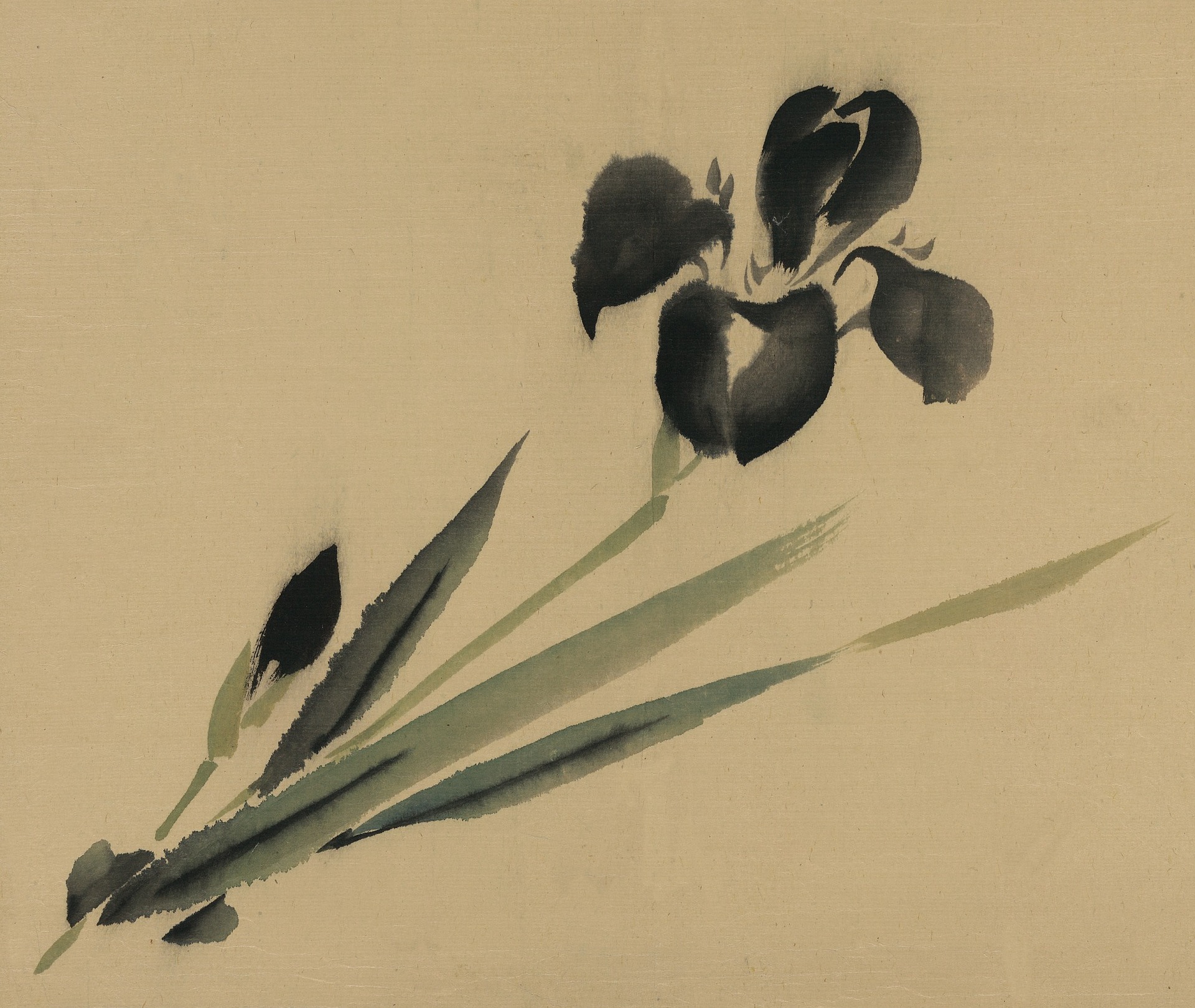Sumie Japanese Ink Painting I with Takumasa Ono Bagri Foundation celebrating Arts and

Japanese Ink Painting Suibokuga Sumie Chinese Brush
Japanese Sumi-e ink painting is a traditional art form that has captivated artists and art enthusiasts for centuries. With its minimalistic approach and emphasis on brushstrokes, Sumi-e offers a unique and profound way of expressing the beauty of the natural world. In this section, we will explore the importance of mastering brushstrokes in.

Landscape Painting in "Sumi" (ink) / Shin Takahashi Kakejiku Scroll
Sumi-e, which means "ink painting" in Japanese, is a traditional art form that originated in China and was later adopted and refined by Japanese artists. What sets Sumi-e apart from other forms of painting is its emphasis on minimalism. In Sumi-e, the artist uses only black ink and a brush to create their artwork.

Japanese Ink Scroll Painting Sumi Ink Wash Landscape Waterfall Etsy Japanese ink painting
Sumi-e painting is a traditional Japanese art form that dates back to the 14th century. It is characterized by its minimalist style, using only black ink and a brush to create beautiful and expressive images.

Seven Tips for SumiE Painting hubpages
Introduction to Sumi-e Painting: 5 Basic Ink Techniques Step into a journey of self-discovery through the ancient art of Sumi-e painting.

Sumie Ink Painting Japanese Hand painted Asian watercolor Etsy
Japanese ink painting, (sumi-e) is the art of painting using brush (fude), ink (sumi) and thin absorbent "rice-paper" (washi). Patricia Larkin Green will be instructing 5 classes of Sumi-e (each 2 hr long). Advance at your own pace, you do not need to know how to paint with ink, all levels are welcome, and course materials will be provided.

Abstract Art Ink Painting Original Sumi Ink Painting Etsy Ink painting, Original paintings
67 2 Download Favorite Sumi-e (墨絵風) also known as suiboku-ga, is Japanese monochrome ink painting or 'ink wash painting'. Sumi-e paintings in essence are beautiful forms of art, and they traditionally encompass philosophy as well. The origin of sumi-e paintings have roots in Chinese calligraphy, which can be noted by the similar brush strokes.

Sumi Painting Mountains at Explore collection of Sumi Painting Mountains
Sumi-e, the traditional Japanese art of ink painting, is known for its simplicity, elegance, and minimalism. This ancient art form, which originated in China and was later adopted and refined by Japanese artists, focuses on capturing the essence of a subject with just a few brushstrokes.

Sumie Japanese Ink Painting I with Takumasa Ono Bagri Foundation celebrating Arts and
Sumi-e, or Japanese ink painting, has been practised in Japan since the fourteenth century, when Zen Buddhist monks from China brought over their own uses of ink. Japanese Sumi-e today harnesses the power of the line to combine bold brushstrokes with poetry, creating paintings in which each element is alive. Takumasa Ono has been the National.

Pin by Red Matter on Sumie Chinese landscape painting, Japanese ink painting, Japanese art ink
Japanese ink painting, or sumi-e, is the embodiment of Japanese aesthetics. Using just simple black ink and carefully curated white space, sumi-e captures the timeless beauty and complexity of the natural world.

Landscape Painting in "Sumi" Ink / Katō Tomo Kakejiku Scroll
Connect with Japanese zen philosophy and let your energy flow through expressive ink brush strokes as Japanese artist, Koshu, guides you through this ancest.

Sumie Japanese Art Art Home Japanese Ink Painting, Sumi E Painting, Korean Painting
Japanese artist Koshu guides you through this ancestral art form using ink brush strokes and a meditative practice to create deeply expressive artwork. Discover a thousand-year-old practice that is both a form of expression and a way of setting the mind.

Sumi ink not just for calligraphy!
The real sumi-e. The Japanese term "sumi" means "black ink", "e" means "painting". It indicates one of the art forms in which subjects are painted with black ink in all possible gradations ranging pure black to the lightest shades achievable by dissolving ink in water. However, this does not mean that everything painted in this.

Sumi Bamboo Painting Sumie Ink Drawing Japanese sahelizabeth
This sumi-e video tutorial includes ; ①Preparation for Drawing, ②Draw Bamboo Leaves, ③Side Stroke(Soku-hitsu), ④Size of fude1. Make sumi inkPut water in the.

Suibokuga Japanese ink painting Sumie Floral Spring is coming
What Is Sumi-e? Traditional East Asian Brush Painting by Carla Jaranson SUMI-E is the Japanese word for Black Ink Painting. East Asian Painting and writing developed together in ancient China using the same materials —brush and ink on paper. Emphasis is placed on the beauty of each individual stroke of the brush.

Japanese Sumi E Painting at Explore collection of Japanese Sumi E Painting
Sumi, or black ink has been used to draw suiboku-ga, or ink painting, and do calligraphy. With the use of just black ink, the artists' feelings are exuded through calligraphy, also various living beings such as people and sceneries can be freely depicted as if by magic.

JPAG's ART BLOG First Attempts to Ink Wash Painting with Sumi Ink
Appealing and easy, Japanese ink painting emphasizes suggestion, simplicity, and harmony with nature - how to capture the essence of an object using the fewest, quickest brushstrokes.. Here is everything you need to know to get started in the art of 'sumi-e'. All materials and techniques are covered, including grinding ink, handling the.